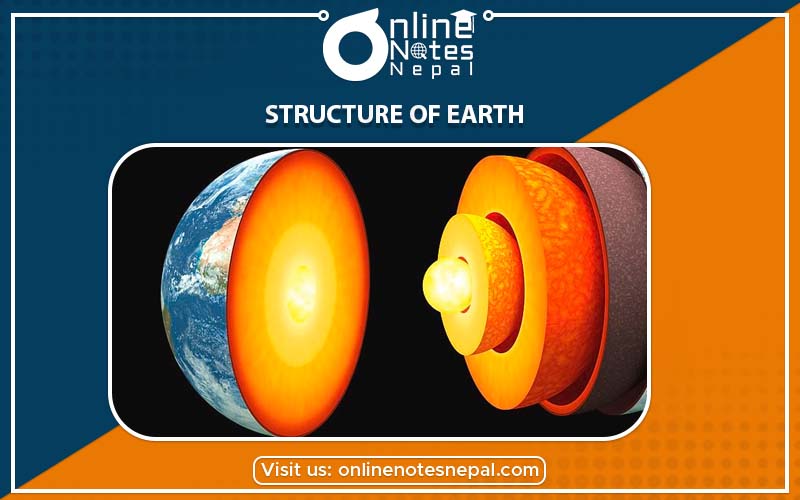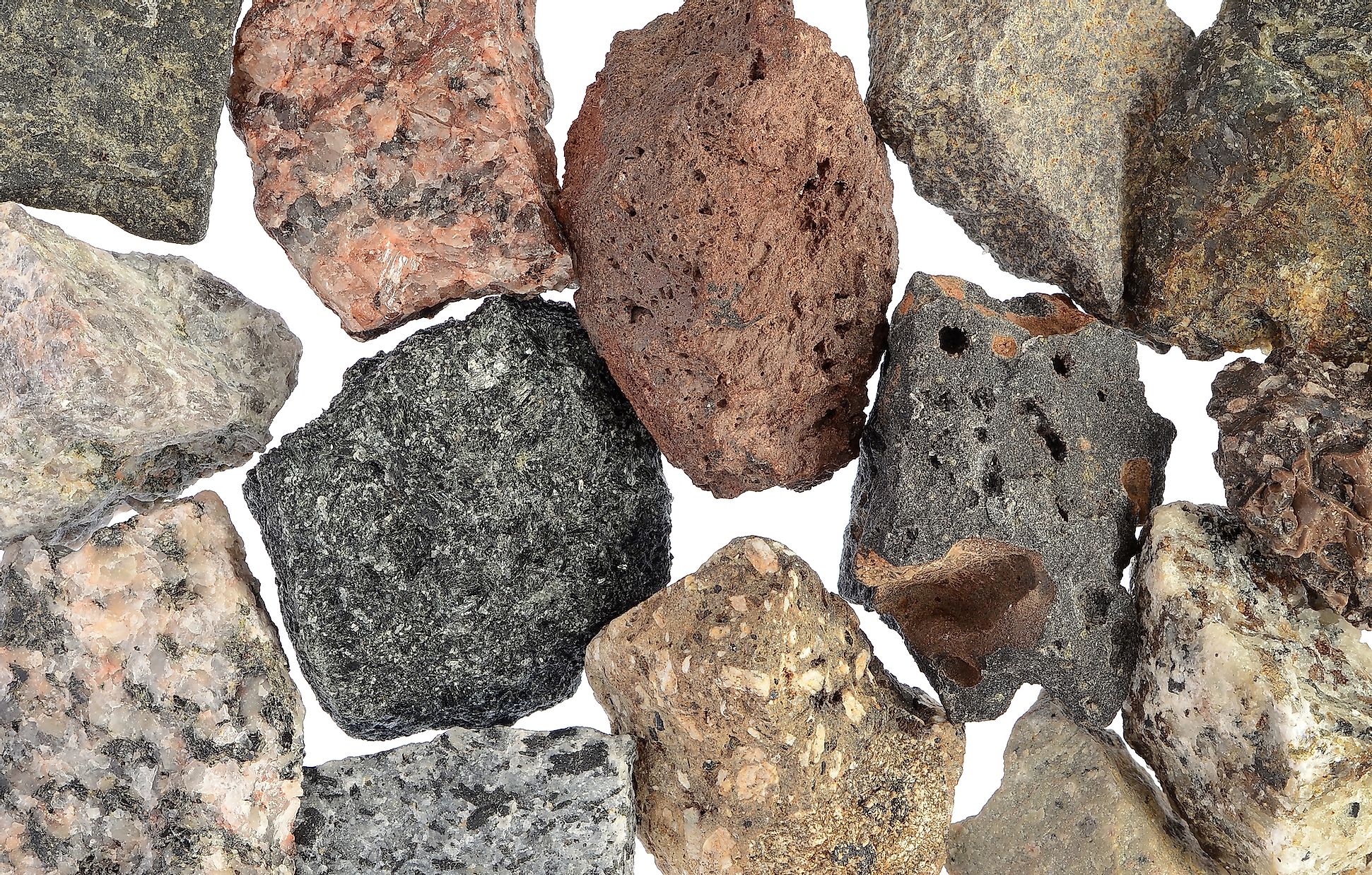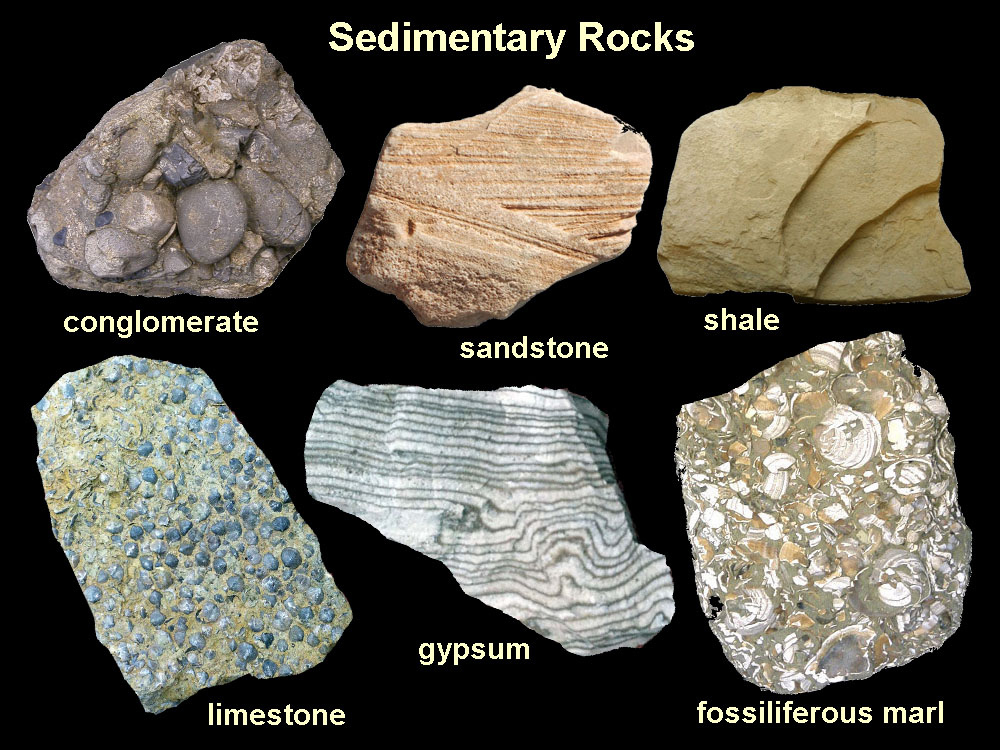Published by: BhumiRaj Timalsina
Published date: 26 Jan 2022

Earth is the only living planet in our solar system. It is the place where we live. We perform various activities on earth like construct buildings, houses, roads, canals, drainage etc on the earth's surface. The earth's surface is composed of various things like soil, water, rocks, etc. Most parts of the earth are covered by soil but the inner surface of the earth contains the layers of rocks. The rocks are the hard and solid parts that are found on the surface of the earth. We use rocks for various purposes. Rocks are used for constructing buildings, houses, roads, canals, drainage etc. It is also used for making tools and getting metals and minerals.
A rock is a naturally occurring solid material that is found on the surface of the earth. Major part the earth's crust is made of rocks. Rocks are found everywhere around us. They are found at the bottom of the sea. They are found on the bank of river, streams, etc. The mountains and hills are made up of rocks. The soil too is formed by the weathering of rocks. The rocks can be defined as the natural solid substances having one or more minerals or mineraloid. The outer layer of the earth lithosphere is made of rocks.
Structure: The rocks have different shapes and size. Some rocks are very small whereas some rocks are very big. The rocks are made up of particles of minerals. The rocks that are made of big particles are rough and the rocks that are made of small particles are smooth. The rocks contain different types of minerals which are held together by chemical bonds.
Hardness: Most of the rocks are hard in nature. These types of rocks are used in constructions of buildings, houses, dams etc. Soft rocks are also found in different parts of the earth. These types of rocks are not used in construction activities.
Colour: Different rocks have different colours. The colour of the rock is determined by the minerals present in the rock. Rocks are found in different colours like white, black, green, red, yellow, grey etc.
Types of Rocks
There are three main classes of rocks. They are classified on the basis of their origin and the method of formation. They are igneous rocks, sedimentary rocks and metamorphic rocks.

Igneous rocks are those rocks which are formed when magma cools and hardens. Sometimes the magma cools inside the earth and solidify in the crust in the colder region but sometimes it comes out in the earth surface in the form of a volcano due to high pressure and temperature. The lava cools down to form rocks. When the magma cools slowly, crystals grow from the molten liquid, and a coarse-grained rock forms. When the magma cools fast, small crystals and fine-grained rocks are formed. The igneous rocks may be plutonic or volcanic.
Volcanic rocks: Volcanic rocks are those igneous rocks that are formed on the surface of the earth by cooling down of magma or lava. Some of the common examples of volcanic rocks are basalt, pumice, obsidian etc. The magma comes out on the surface of the earth in the form of a volcano when it gets weak spot or cracks. The magma is then called lava. The lava cools down slowly and forms rocks. These rocks are known as volcanic rocks. They have small crystals as they cool down rapidly on the surface of the earth. Volcanic rocks are also known as extrusive rocks.
Plutonic rocks: Plutonic rocks are those igneous rocks which are formed before the magma reaches the earth surface. The plutonic rocks are formed when the magma cools down inside the earth's surface. Some of the common examples of plutonic rocks are gabbro, granite, peridiotite, dunite, etc. These types of rocks are formed over a long period of time. They are very hard in nature. These rocks contain big crystals as they cool down very slowly inside the surface of the earth.
Granite: Granite is a best known igneous rock. It is mainly composed of quartz and feldspar with minor amounts of mica, amphiboles, and other minerals. It is very hard and strong. It is the most common igneous rock. It is a coarse- grained plutonic rock. Granite is used in the construction of houses, pavement, road, etc.
Pumice: Pumice is a light coloured porous igneous rock. It is formed during an explosive volcano eruption. It is formed by the rapid cooling of lava. So, it may or may not contain crystals. Pumice is an amorphous volcanic glass known as a "mineraloid".It is used for making light- weight concrete. It is also used in polishes, pencil erasers, cosmetic items, toothpaste etc.
Obsidian rock: It is a dark coloured igneous rock that is formed during the volcano eruption. It does not contain crystals as it is formed by rapid cooling of lava. Obsidian rocks are usually black in colour. It is used in making weapons and cutting tools, jewellery, etc. It also used in modern surgery.
Sedimentary rocksare formed by the accumulation of sediments. Whenparticles of sand, shells, pebbles, organic and inorganic substance and other fragments of material are deposited in one place by different agents like air, water, glaciers etc, due to high pressure and temperature, the deposited materials changes into rocks after very long period of time. These types of rocks are known as sedimentary rocks. In simple words, sedimentary rocks are the rocks that are formed from the deposited and sedimented substances under high pressure and temperature after a long period of time. They are very soft in nature. Sedimentary rocks are used to study about living things and their evolution as they contain fossils. Some of the common examples of sedimentary rocks are sandstone, shale, coal, limestone, dolostone etc.

Conglomerate: It is a type of sedimentary rock that contains large rounded granules. It is composed of small rock particles or pebbles, granules, sand and quartz or silica. The conglomerate rock having silica is very strong. It is used in making concrete.
Sandstone: It is one of the most common type of sedimentary rock that is found in sedimentary basins throughout the world. It is composed of sand-size grains of mineral, rock, or organic material. They are also composed of quartz or feldspar or both. Sandstone may be of a different colour like grey, brown, yellow, red, white etc. They may be soft or hard. It is used as a constructional material.
Shale: It is a fine- grained sedimentary rock. It is black grey in colour. It is composed of silt and clay-size mineral particles. The granule that is smaller than sand is called silt and the collection of the granules that are smaller than sand is called silt and the collection of the granules that are smaller than silt is called clay. It is used to produce clay and cement. It is also used to make various useful objects.
Limestone: Limestone is a sedimentary rock composed of calcium carbonate that is found in the form of mineral calcite. It is the organic sedimentary rock that is made of skeletal fragments of marine organisms. It is also formed by the precipitation of calcium carbonate from lake or ocean water. It may be of a different colour like red, grey, black, green etc. It is mostly used in architecture.
They are formed on the surface of the earth from the metamorphosis (change) of different types of igneous rocks and sedimentary rocks that occur due to high pressure, high temperature and chemical processes. Metamorphic rocks can be defined as the rocks which are formed from other types of rocks due to high temperature and pressure over a long period of time. Some of the examples of metamorphic rocks are given below in table,
| S.No. | Metamorphic rocks | Formed from |
| 1. | Phyllite | Shale or slate |
| 2. | Gneiss | Granite or diorite |
| 3. | Quartzite | Sandstone |
| 4. | Marble | Limestone or dolestone |
| 5. | Schist | Shale or slate |
| 6. | Slate | Shale |
Some of the uses of rocks are described below,
In Nepal, various types of rocks are found. Some important rocks found in Nepal are discussed below,